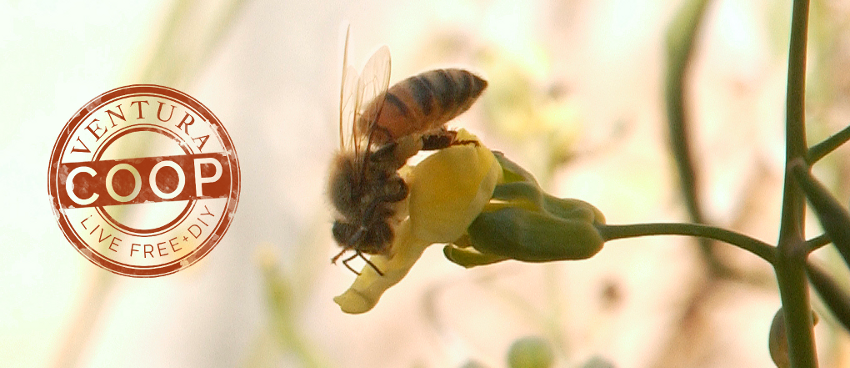One of the best gifts of gardening is discovering that a plant you once thought was a weed, is really a integral part of your edible landscape. Purslane is at the top of this list when it come to garden uses, nutritional value and culinary versatility.
Purslane's growing habit makes it a good alternative to lawns or other ground covers. A study conducted by the University of Connecticut concluded that the plant is effective at organically controlling weeds. Purslane acts as a "living mulch." In the category of nutrition, the University of Texas at San Antonio finds Purslane contains 10 to 20 times more melatonin, an antioxidant, than any other fruit or vegetable they tested. more omega 3 fatty acids than any other plant source in the solar system, and an extraordinary amount for a plant, some 8.5 mg for every gram of weight. Purslane also contians:
- vitamin A, B, C
- six times more E than spinach
- beta carotene, seven times more of that than carrots
- magnesium, calcium, potassium, folate, lithium, and iron
- and has 2.5% protein per serving.
What about flavor? Purslanes's taste has a subtle green flair of vitality, so it’s a great addition to many recipes. We've been eating it raw with Green Zebra tomatoes, goat cheese in pita bread! Tossed in salads with a cucumber yogurt dressing, it's a crowd pleaser. Really, it's difficult to understate Purslane's attributes.
This fantastic “weed” is virtually underfoot everywhere, from Ventura to NYC, but most US residents don't know it's there. So keep an eye out for it. We're cultivating in our gardens from volunteers we found, and from a few cuttings Ron at Rincon Vitova gave us. By this time next year, we'll have a living mulch cover crop that sustains many levels of the Soil Food Web, humans included!


No comments:
Post a Comment